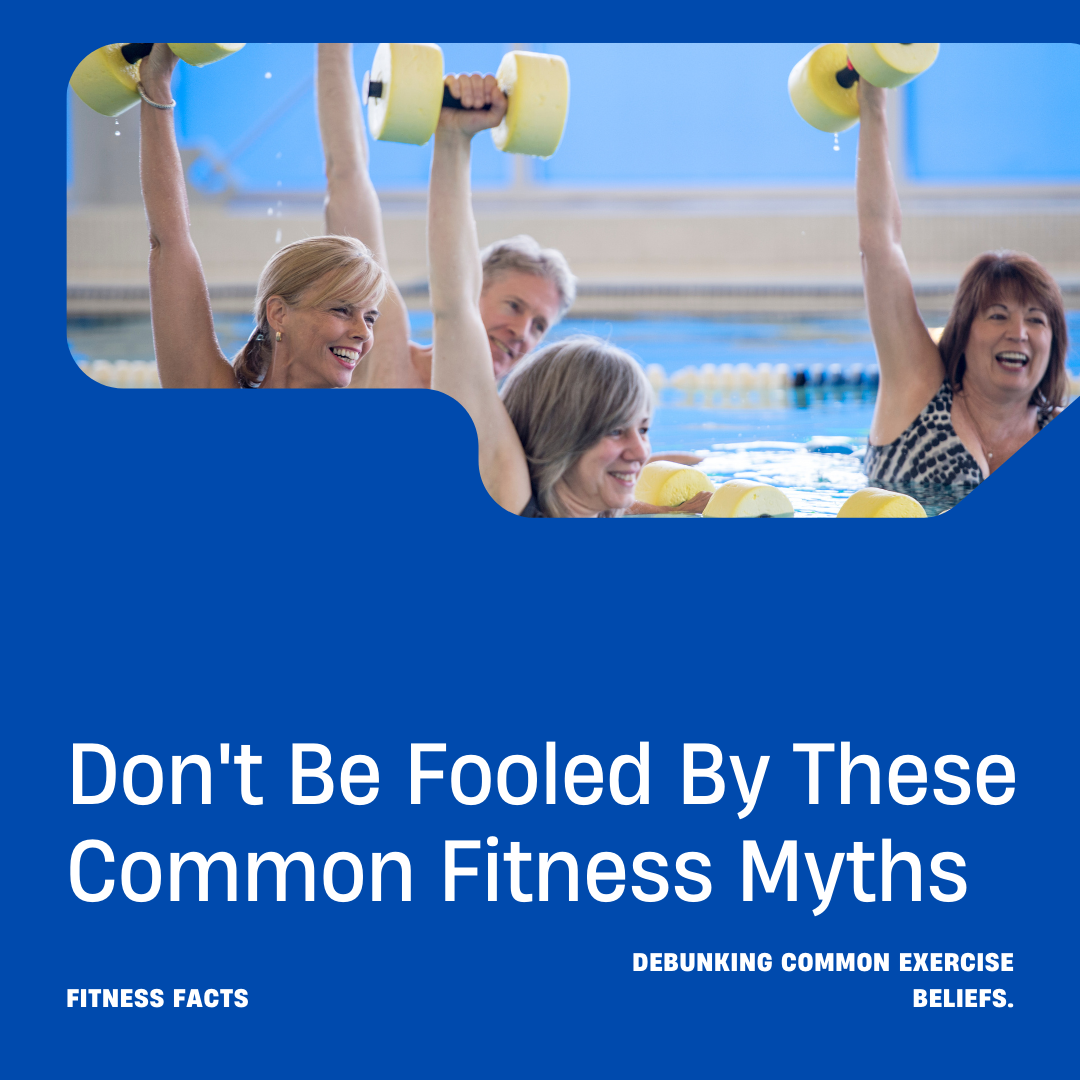
In the endless pursuit of vitality and well-being, misconceptions about fitness and exercise are as common as workout playlists. We live in an era where information is readily available, yet understanding the nuances of a healthy regime is often clouded with half-truths and outdated advice. This comprehensive blog post aims to shed light on some of the most pervasive myths in the fitness world. We’ll draw from science, personal anecdotes, and expert opinions to provide clarity and actionable insights for anyone seeking to optimize their fitness approach. Our mission is to dismantle these misconceptions and empower you with the knowledge to fortify your body and mind effectively.
Myth 1: Spot Reduction for Fat Loss
One of the most long-standing and widely held beliefs in fitness is the idea of ‘spot reduction’ — the notion that focusing on a specific muscle group can burn fat in that area. Realistically, fat loss occurs in the body as a whole, with genetics and hormones largely dictating where fat is lost from first and last.
The Explanation
Fat is metabolized systematically by the body, not in localized areas. While targeting a certain muscle group can lead to muscle growth and toning in that area, it’s not an effective means of shedding fat specifically from that region.
The Debut
It’s time to shatter this myth and approach fat loss with a comprehensive strategy that includes full-body movements, high-intensity interval training (HIIT), and a calorie-deficit diet. These methods will promote overall fat loss, sculpting a leaner physique. The adage “you can’t out-train a bad diet” reigns true. Ab-focused exercises won’t reveal a six-pack if your diet isn’t aligned with your fitness goals.
Myth 2: Cardio Is the Only Way to Lose Weight
Running on a treadmill or cycling for hours are synonymous with weight loss in the minds of many. However, cardio is not the sole hero in the narrative of shedding pounds.
Clarification on the Role of Strength Training and Diet
Strength training, often underappreciated in the battle against the bulge, is a crucial element. A pound of muscle at rest burns more calories than a pound of fat, meaning the more muscle you have, the higher your resting metabolic rate. This makes strength training a powerful ally in your weight loss efforts. Additionally, the role of diet cannot be overstated. Caloric intake is the primary determinant of weight loss, and a balanced diet ensures that the pounds shed are primarily fat, not muscle.
The Balancing Act
The key is not to dismiss cardio altogether but to strike a balance. Incorporate both types of exercises into your routine to reap the benefits of improved cardiovascular health from steady-state cardio, alongside the enhanced metabolic rate from muscle-building activities.
Myth 3: More Exercise Equals Better Results
The more, the merrier, right? Not quite. While consistency is a key component of any fitness regimen, more exercise doesn’t always equate to better results.
Understanding the Importance of Intensity, Rest, and Recovery
Overtraining can lead to burnout and injury, both of which hinder progress. Recovery is when our bodies adapt and grow stronger, so don’t underestimate the value of rest days. An effective exercise program should be well-balanced, with proper rest and varying levels of intensity to challenge the body and prevent plateaus.
Crafting an Optimal Training Plan
The optimal training plan is one that aligns with your goals, is progressive in nature, and incorporates rest as an essential component. Quality workouts are more beneficial than quantity, so focus on efficiency and listen to your body’s need for rest and recuperation.
Myth 4: You Can Out-Exercise a Bad Diet
For years, the philosophy of “calories in, calories out” was the reigning paradigm for weight management. However, it is vastly oversimplified.
The Importance of Nutrition in Conjunction With Exercise
You can certainly create a calorie deficit through exercise, but the quality of those calories matters just as much. A diet high in processed foods and sugar can sabotage even the most vigorous exercise routine. Instead, focus on a balanced diet that is sustainable and provides the fuel and nutrients your body needs to support your fitness goals.
Creating A Sustainable Eating Plan
Creating an eating plan that complements your workouts doesn’t mean dieting. It’s about making long-term lifestyle changes that support your exercise routine. This may involve consuming a variety of nutrient-dense foods, hydrating adequately, and strategizing meal timing to optimize your workouts.
Conclusion
The world of fitness and exercise is an expansive and complex domain, often rife with myths. By dissecting these misconceptions, we enable ourselves to approach our health journeys with a clearer perspective. Diet and exercise are not isolated practices but interconnected elements of a larger lifestyle. By understanding and integrating these insights into our workout and eating habits, we set the stage for sustainable and effective health improvements.
Remember, in the realm of fitness, knowledge is power — and the right knowledge leads to tangible results. Take the time to educate yourself, question common beliefs, and seek advice from credible sources. Your body is a temple deserving of the highest standard of care and understanding. Together, we can dismantle these misconceptions, replacing them with informed decisions that pave the way for a stronger, healthier you.
